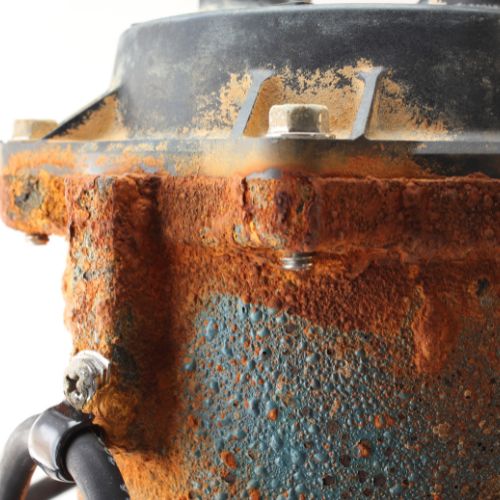How to Install a Sump Pump
by siteadmin

If you live in an area that experiences frequent rains, you may need to install a sump pump. These systems are designed to keep water from flooding your basement and foundation.
They consist of a pit, a pump, and discharge pipes that deposit water outside. They also need a check valve to keep water from returning into the pit when the pump isn't in use.
Pump
If your basement is flooded or you're having problems with flooding, installing a sump pump is an essential part of the solution. There are many types of pumps to choose from, so it's important to find the right one for your needs.
First, locate the lowest spot in your basement that is sloped downward and away from your foundation. This area should also be near an outside wall for easier placement of discharge pipes, and close to a Ground Fault Circuit Interrupter (GFCI) electrical outlet so you can plug in the pump.
Next, select the discharge pipe that will be used for the sump pump. This pipe will take water from the pit above grade to a place away from your home or into a nearby drain, if local codes allow.
Once the discharge pipe is ready, glue the male adapter on one end of it using primer and PVC cement. Next, thread the pipe onto the sump pump until it's secure.
Check Valve
The check valve on a sump pump prevents water from returning to the sump pit after the pump shuts off. This prevents backflow and helps to ensure that your basement doesn't get contaminated with used water from the pump.
Installing the check valve is a simple process that requires a bit of work on your part. You will need to cut a section of PVC pipe that is long enough to fit the valve lengthwise.
Next, sand down the ends of the pipe so that they are smooth. Then, slide the PVC couplings (if you purchased a coupler style) onto each end of the pipe and position them where they will connect to the top and bottom parts of the check valve.
Once the couplers are in place, hand-tighten them with a hose clamp to ensure that they fit tight and secure. If the couplings are not tightened, they can crack and leak over time.
Discharge Pipe
A sump pump is a device that automatically drains water from a basement. These pumps are set in a basin or sump pit at the lowest spot in a basement floor, where water naturally collects after heavy rains.
The float valve on the pump moves up and down, activating when water levels in the pit rise and shutting off as the level drops. To ensure that it does this correctly, it's necessary to test it.
After installing a sump pump, you'll need to install a discharge pipe to direct the water from the pit away from the foundation of your home. You can run this pipe from your sump pump to a yard drainage point outside the house or you can connect it to an underground sump pump drain.
For best results, follow the manufacturer's instructions when deciding how to route your discharge pipe. If you have a complex discharge pipe or if your property's topography and landscaping features require additional pipe, hire a licensed plumber to do the work for you.
Backup System
Battery backup systems for sump pumps provide a backup in the event that your primary pump fails. These systems contain a large 12-volt battery and another heavy-duty pump that sits slightly higher than the primary pump.
A battery backup system is an excellent addition to any home's basement or crawl space, especially in areas where severe weather conditions may lead to flooding. They are also a great way to protect your home from power outages that can prevent your primary sump pump from running.
A backup system requires a few simple steps to install. First, connect a PVC drain pipe to the existing sump fittings and discharge pipe of the primary sump pump (Figure 3). Then, attach a backup pump to the bottom of the PVC pipe.
https://www.plungerplumberllc.com/
5265 Commerce Pkwy W, Cleveland, OH 44130
If you live in an area that experiences frequent rains, you may need to install a sump pump. These systems are designed to keep water from flooding your basement and foundation. They consist of a pit, a pump, and discharge pipes that deposit water outside. They also need a check valve to keep water from…
Recent Posts
- Celebrate Mom with Exquisite Flowers: Mothers Day Flowers
- Lawn Care Spring Branch Advocates for Property Care: Combatting Weed Growth and Preserving Curb Appeal
- SEO Services for Small Business: Boost Your Online Presence
- Boca Dental and Braces Offers Swift Emergency Dental Care in Las Vegas
- A Great Flooring Guy Revolutionizes Cincinnati’s Interior Spaces with Luxurious Vinyl Flooring
